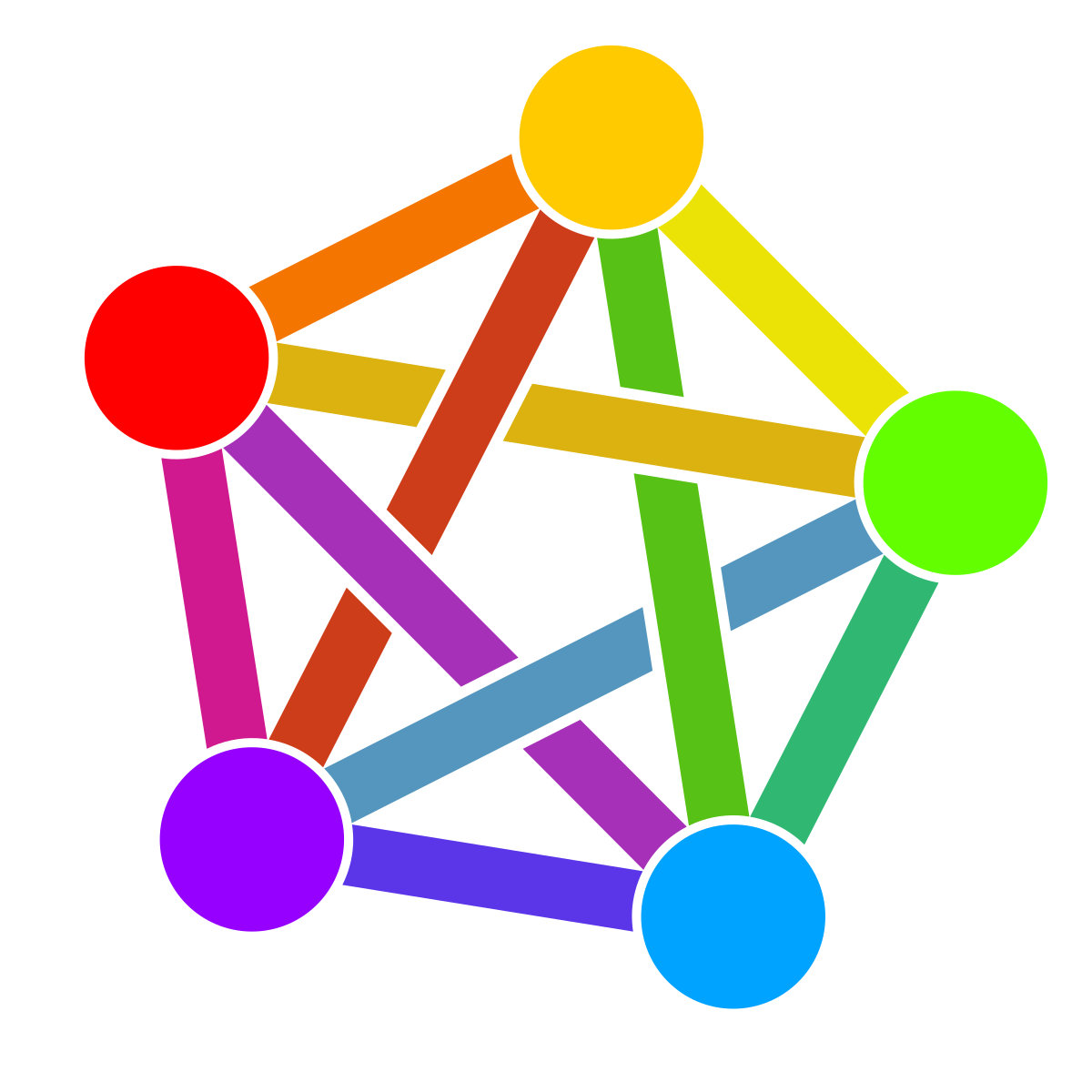

How would Amazon track a voucher? It’s a physical scratch off code, sealed by Mullvad before they send it over to Amazon. More importantly, if you think that was possible why would Mullvad be unaware of it and/or lie about it? Just go with the vouchers if you want untraceability. They’re also cheaper in USD than other methods IIRC, at $29/6 months and $57/12 months.





You probably have a higher attack surface from the gremlins in your walls. OTOH, Amazon knowing that you use Mullvad is a tangible downside, as they will probably use that to stick you in a marketing group or something. Monero is still an easy solution with the ~same cost if you’re concerned about that.